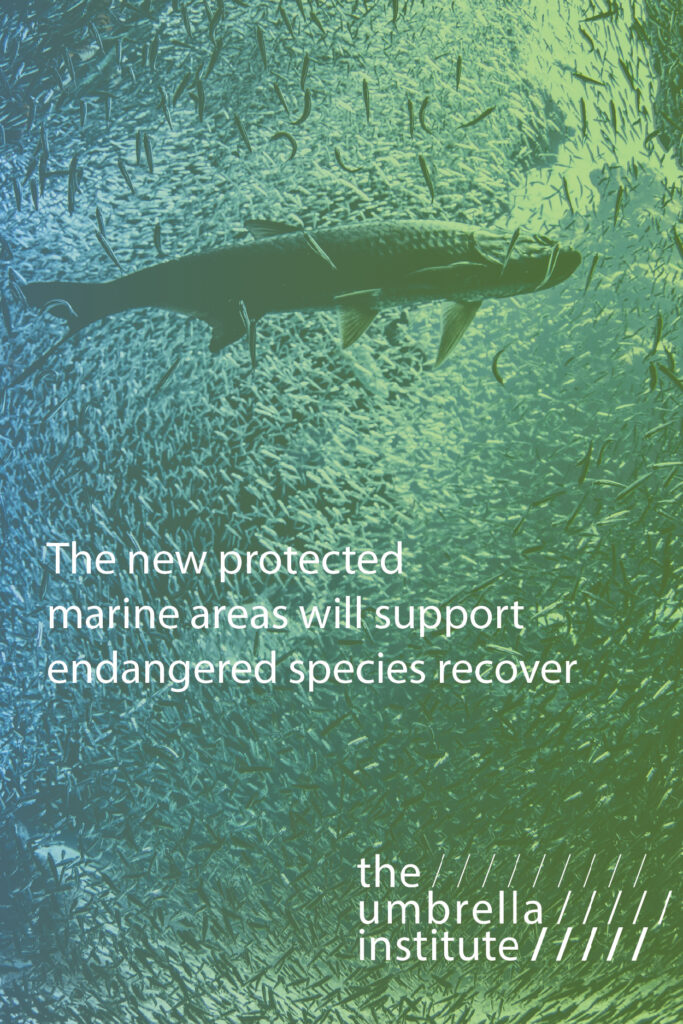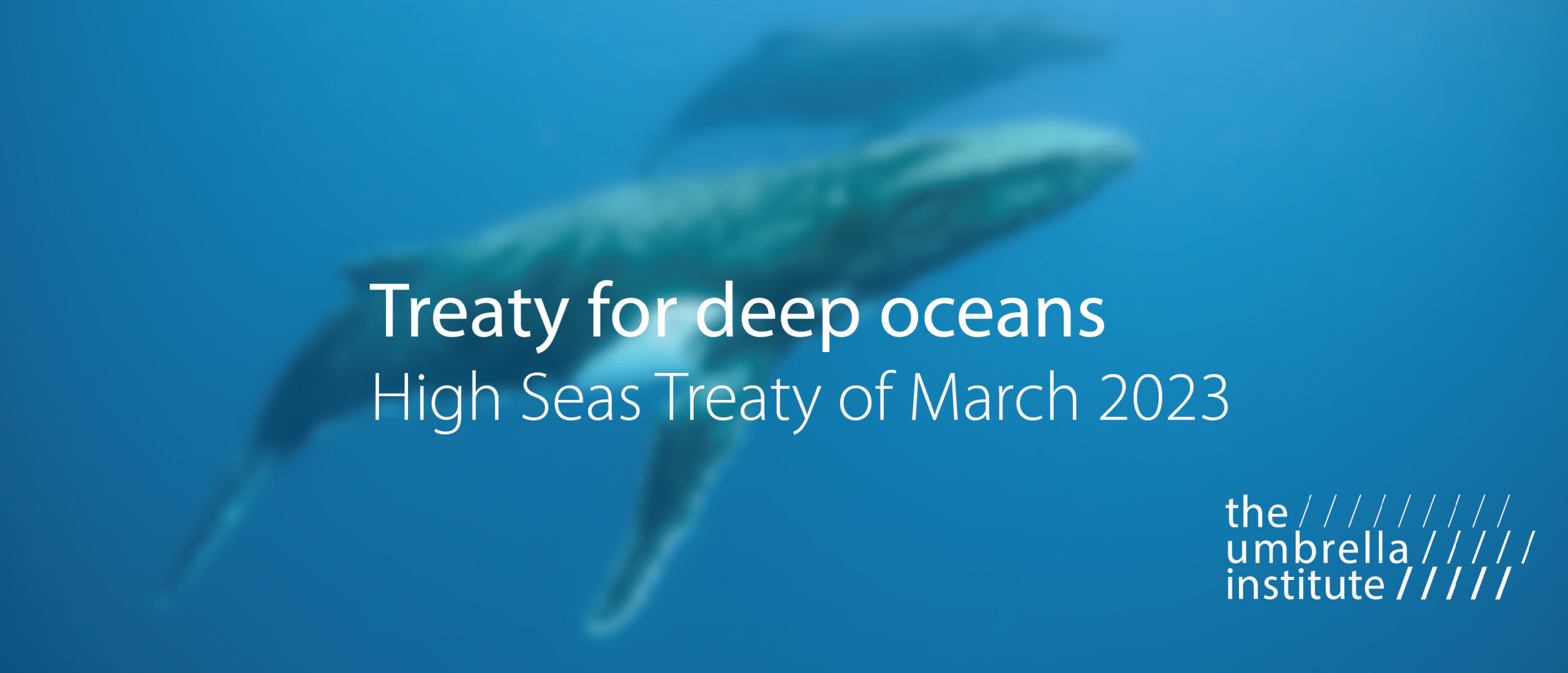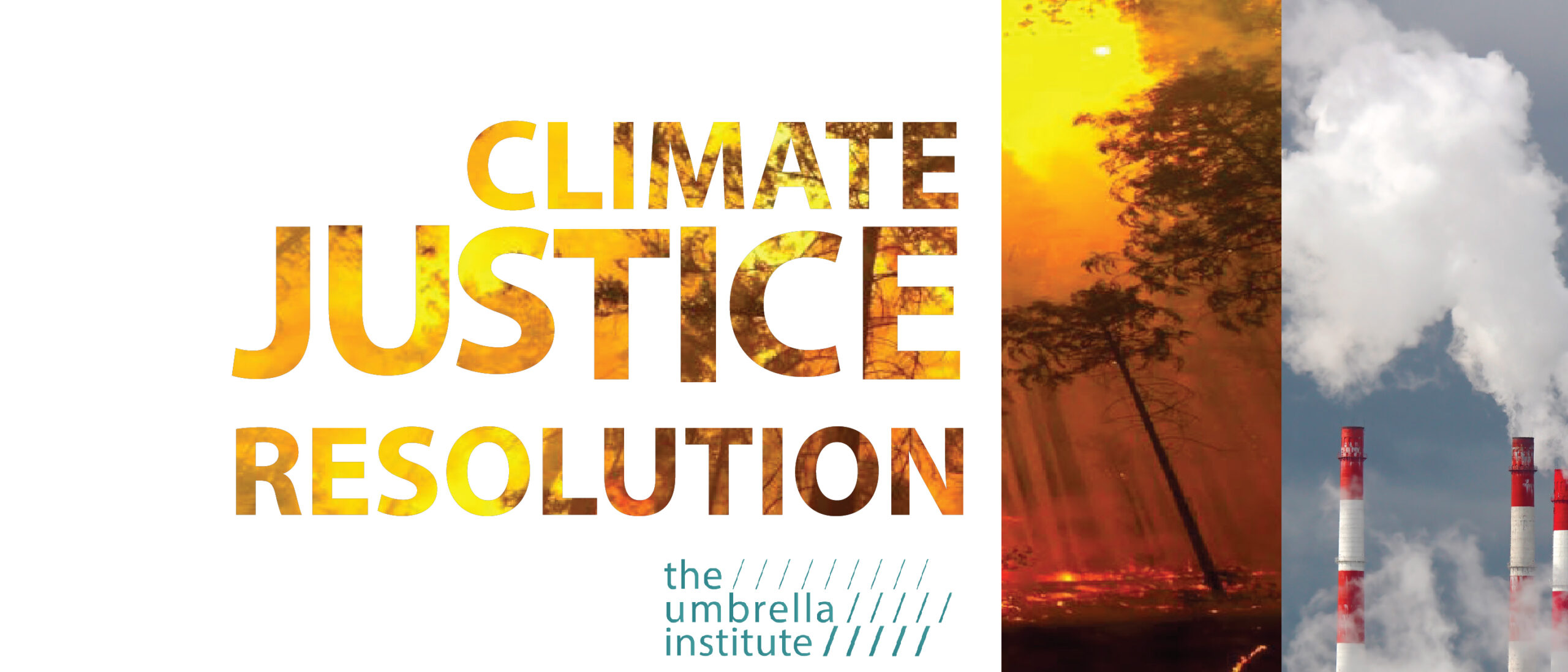Global agreeance on deep ocean protection
After nearly 20 years of negotiations and international discussions a treaty for the deep oceans has been reached by the United Nations’ member states.
The treaty sets out to protect the crucial 200 – 1000 meter area where the largest bio mass of animals on Earth live: The Mesopelagic fish—small fish living in the ocean’s twilight zone.
The Deal - an overview
/ UN Member states agrees on treaty for protection of the global deep oceans on 4th March 2023
/ High Seas Treaty aims to place 30% of the seas into protected areas by 2030, to safeguard and recuperate marine nature.
/The new protected areas will have limitations or fishing, sailing and explorations of the ocean floor for mining and drilling.
The nations have to meet again to ratify it (legally adopt it) for it to enter force


Background
The ocean is the origin of much of our food and the mechanism that secures our clean air.
Many of the creatures living there have not been discovered before they are on the ist of endangered species.
In a marine species assessment, nearly 10% were found to be at risk of extinction, according to the International Union for Conservation of Nature (IUCN). Two of the biggest causes are overfishing and pollution
The IUCN further assesses that 41% of the threatened species are also affected by climate change.
Currently only 1% of international waters are protected areas
The High Seas Treaty increases the size of the areas to 30% and will set international standards
for what can happen in the protected zones.
Sustainable Development for the ocean - and for us
SDG 14 - Life below water
With one collaborative action the High Seas Treaty, when ratified, will exceed target 14.5 in terms of the marine protection area.
Target 14.5
By 2020, conserve at least 10 per cent of coastal and marine areas, consistent with national and international law and based on the best available scientific information




